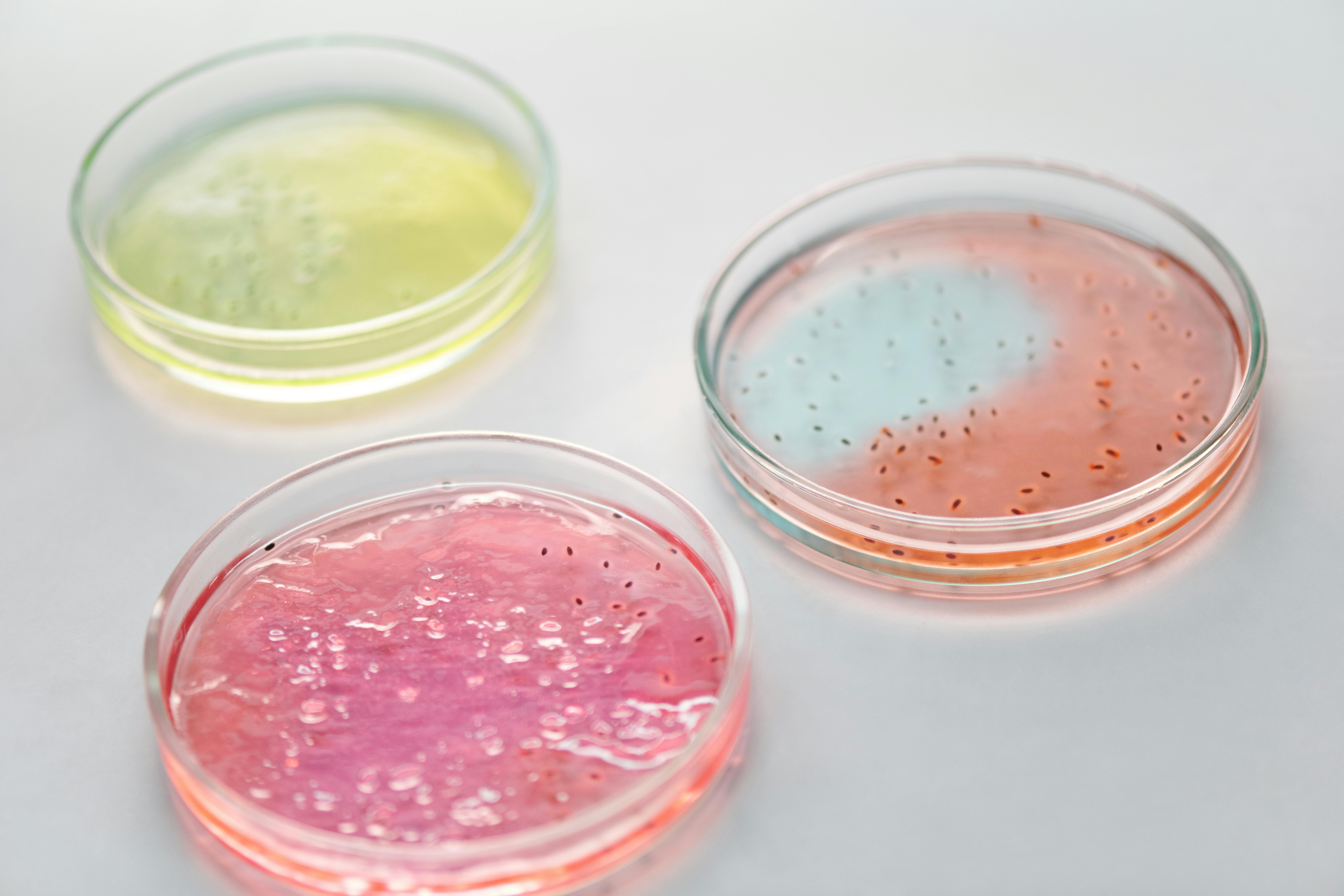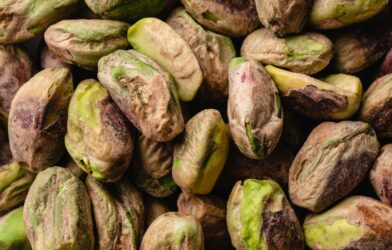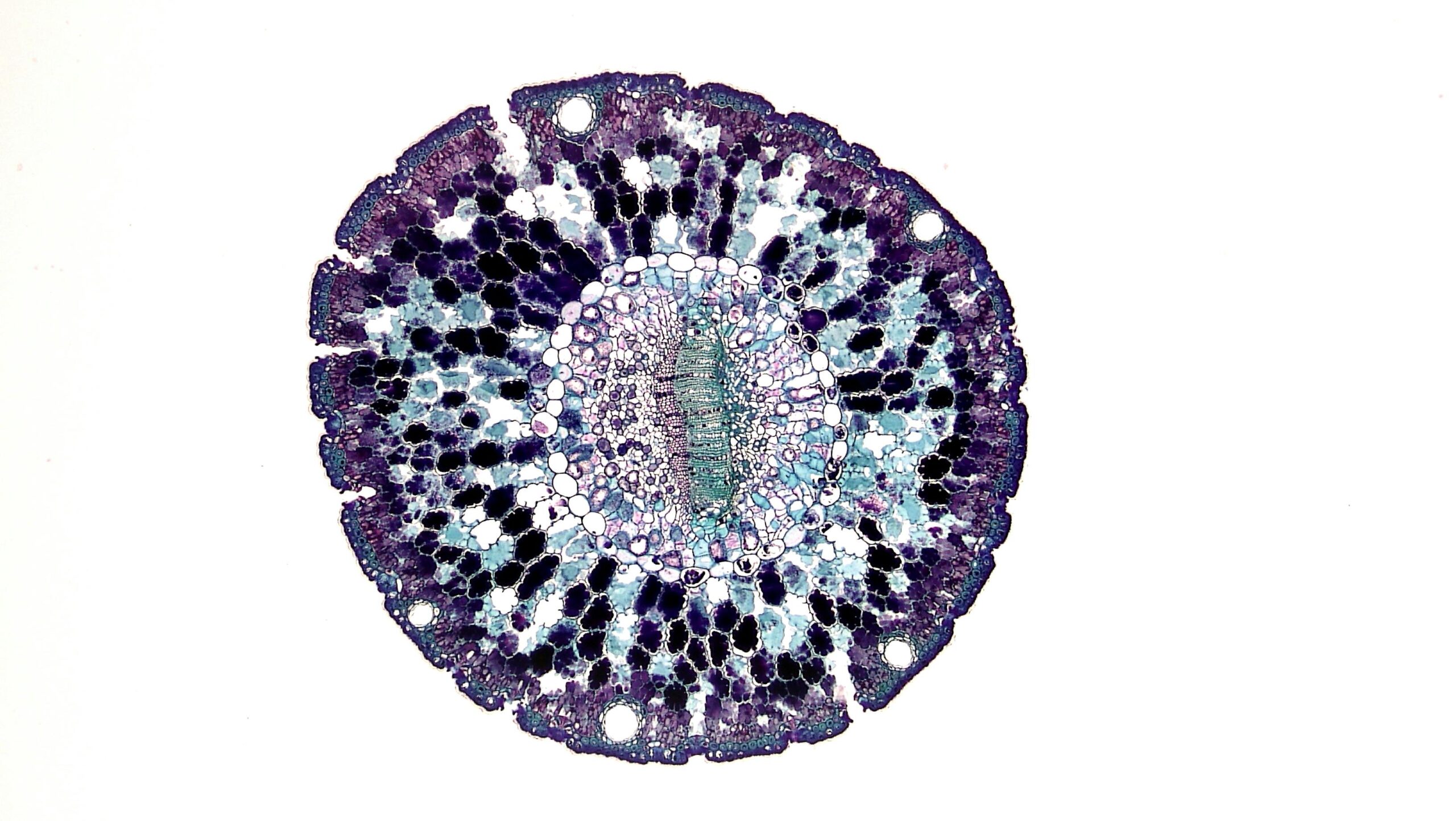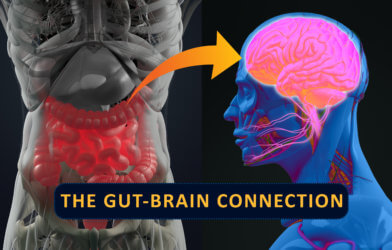For millions living with Crohn’s disease, life is often a relentless cycle of pain, fatigue, and uncertainty. This chronic inflammatory bowel condition, which can strike at any age, doesn’t just cause debilitating gut symptoms; it can literally destroy the digestive tract, often leading to multiple surgeries. Despite its widespread impact, treating Crohn’s has largely been a frustrating guessing game, with doctors struggling to find effective therapies because the disease behaves so differently in each patient. But a recent breakthrough could change everything.
Scientists have just uncovered a profound secret about Crohn’s disease: it’s not one illness, but two distinct conditions at a molecular level. This game-changing discovery, published in Cell Reports Medicine, isn’t just a scientific curiosity; it promises to transform how Crohn’s is diagnosed and treated. Instead of a “one-size-fits-all” approach, we’re on the cusp of an era where therapies are custom-made for an individual’s specific form of the disease. This monumental step forward was made possible by an innovative tool: “mini-guts” grown in the lab from actual patient tissue. These tiny, living models of a patient’s intestine are remarkably accurate, allowing researchers to finally test drugs and understand Crohn’s in a way that was previously unimaginable.
How Scientists Cracked the Crohn’s Code
To unravel the complexities of Crohn’s disease, researchers embarked on an ambitious project: creating a “living biobank” of patient-derived organoids (PDOs). These aren’t just any lab creations; they’re microscopic versions of a patient’s gut, meticulously grown from adult stem cells taken directly from their colon biopsies. What’s crucial here is that these cells carry the unique “memory” of a patient’s disease, including how their genes are turned on or off without altering the basic DNA—a process known as epigenetics. This ensures the mini-guts truly reflect the specific disease traits of the individual they came from.
The team, based at the University of California San Diego, studied 53 individuals. This group included 34 people with Crohn’s disease, 10 with a similar condition called ulcerative colitis, and 9 healthy volunteers for comparison. The Crohn’s patients were a diverse group, ranging from 20 to 74 years old, with a near-even split between men and women. They also represented all the major ways Crohn’s can manifest, ensuring the study’s findings would be broadly applicable.
Once these mini-guts were successfully grown—a process that remarkably worked 100% of the time for expansion and freezing—the scientists put them through a battery of advanced tests. They analyzed gene activity using a technique called RNA sequencing and looked for specific genetic variations. They also conducted various studies to observe the mini-guts’ physical characteristics and how they functioned. This comprehensive approach allowed them to connect the dots between a patient’s genetic makeup, what their genes were actively doing, and the observable features of their disease. To confirm their models were accurate, they compared their findings with existing data from real human colonic tissue affected by inflammatory bowel disease.
Unmasking Two Distinct Forms of Crohn’s
The detailed analysis of these patient-derived mini-guts revealed a pivotal insight: Crohn’s disease is not a single, uniform condition, but rather two fundamentally different molecular subtypes. The researchers named them “Immune Deficient Infectious CD” (IDICD) and “Senescence-induced Fibrostenotic CD” (S2FCD).
The IDICD subtype showed a significant weakness in the gut’s ability to clear out microbes. This indicates a core problem with the body’s immune response, potentially allowing harmful bacteria to linger and fuel inflammation.
The S2FCD subtype, on the other hand, was marked by increased “cellular senescence” and stress-induced scarring. Cellular senescence is a state where cells age and accumulate, leading to chronic inflammation and tissue damage. “Fibrotic disease” involves the excessive formation of scar tissue, which can stiffen and narrow the digestive tract, causing complications like blockages. This points to a problem with cells aging prematurely and causing tissue damage.
Crucially, the study confirmed that these two subtypes weren’t just abstract ideas; they showed consistent differences in their genetic profiles, gene activity, and how the disease behaved. This consistency suggests that these subtypes represent genuine, distinct biological pathways driving the disease.
This discovery led to an even more exciting prospect: personalized treatment. The researchers performed initial drug tests on their mini-guts to see if medications could reverse the damaging characteristics of each subtype. The results were compelling: a drug that successfully reversed the aging-like process in S2FCD mini-guts had no effect on the IDICD subtype, and vice versa for a drug targeting microbial clearance. This clear separation in drug effectiveness strongly indicates that treatments truly need to be customized to the specific subtype, moving beyond current medications that often fail because they aren’t addressing the underlying issue unique to a patient’s form of Crohn’s.
The Path Forward: Precision Medicine for Crohn’s
This research represents a major leap forward in our understanding and treatment of Crohn’s disease. The ability to create a “living biobank” of patient-derived mini-guts that accurately mirrors the disease’s complexities in individual patients is a game-changer. It offers a powerful platform for what the researchers call “preclinical phase ‘0’ human trials.” This means drugs can be tested on human tissue models with unprecedented accuracy, long before they enter full-scale human clinical trials. This has the potential to dramatically speed up drug discovery and development, ensuring that the right treatments reach the right patients faster.
This study directly addresses the shortcomings of current therapies, which often fall short in providing lasting relief for Crohn’s patients, especially those with severe forms. By pinpointing these two distinct molecular subtypes, the research provides a much-needed roadmap for developing targeted therapies that attack the specific root causes of a patient’s disease. As Pradipta Ghosh, MD, one of the study’s lead authors, stated, “With this study — the first of many based on the ongoing work and the efforts that are going to translate this to the clinic — we hope to target the arsonist who is responsible for the fire in the first place.”
While this study focused mainly on colon-derived mini-guts (which cover about 60% of Crohn’s cases), future research will certainly explore other parts of the intestine and the complex role of gut bacteria in these new subtypes. The future of Crohn’s treatment is shifting from broadly fighting inflammation to understanding the unique biological blueprint of each patient’s disease and targeting it with precision. This new research offers a compelling vision where a personalized approach to Crohn’s disease transforms the lives of those who suffer, moving beyond merely managing symptoms to truly stopping the disease’s progression.
Paper Summary
Methodology
The study established a “living biobank” of patient-derived organoids (PDOs) from colon biopsies. This involved 53 participants: 34 with Crohn’s disease (CD), 10 with ulcerative colitis (UC), and 9 healthy individuals. The organoids, grown from adult stem cells, faithfully replicated individual patient disease traits, including epigenetic memory. Researchers performed extensive analyses, including RNA sequencing for gene expression, targeted genomic genotyping, and various functional and morphological studies. The PDO models were validated by comparing them to real human colonic tissue data. Finally, drug screens were conducted to test subtype-specific therapies.
Results
The research identified two distinct molecular subtypes of Crohn’s disease: Immune-Deficient Infectious CD (IDICD) and Senescence-induced Fibrostenotic CD (S2FCD). Each subtype showed consistent differences in gene expression, genetic makeup, and observable characteristics. IDICD was marked by impaired microbial clearance, while S2FCD showed increased cellular aging and stress-induced tissue scarring. The PDOs accurately mirrored the altered gene expression found in diseased human colon tissue. Critically, drug screens demonstrated that treatments effective for one subtype did not work for the other, highlighting the need for personalized medicine.
Limitations
The study had some limitations, including the lack of direct side-by-side comparison of PDOs with their original tissue using advanced techniques like single-cell sequencing. The exact mechanisms by which the organoids retained disease “memory” (epigenetic events) were not fully explored. The research focused primarily on colon-derived organoids, leaving open questions about the ileum’s involvement and the specific role of the gut microbiome in these newly found subtypes. Lastly, while targeted genetic analysis was used, a full whole-genome or whole-exome sequencing would provide a more complete genetic picture.
Funding and Disclosures
This research received primary funding from The Leona M. and Harry B. Helmsley Charitable Trust. Additional support came from several National Institutes of Health (NIH) grants. Other contributors included Padres Pedal the Cause/C3 Collaborative Translational Cancer Research Award, The American Association of Immunologists Intersect Fellowship Program, and fellowships from NIH and the American Cancer Society. Data generation was also supported by an NIH SIG grant. Notably, Soumita Das and Pradipta Ghosh hold a patent related to the methodology used in this study.
Paper Publication Info
The article, “A living organoid biobank of patients with Crohn’s disease reveals molecular subtypes for personalized therapeutics,” was authored by Courtney Tindle and colleagues. It was published in Cell Reports Medicine, Volume 5, with the article number 101748. The paper was published on October 15, 2024, after being released on September 26, 2024. The DOI is https://doi.org/10.1016/j.xcrm.2024.101748.












